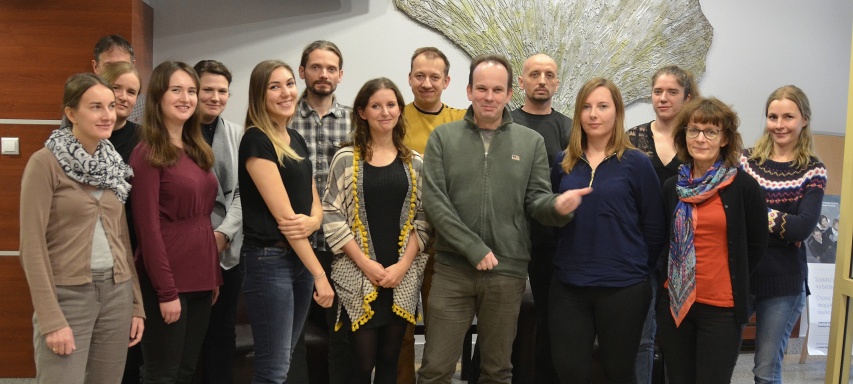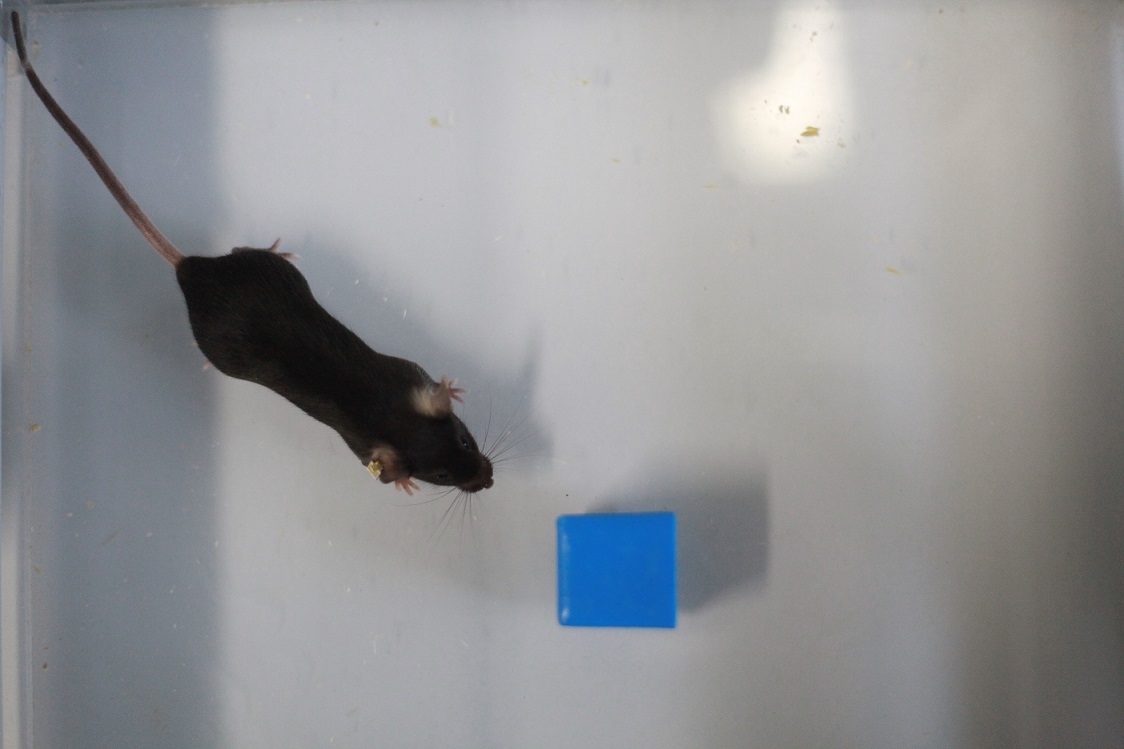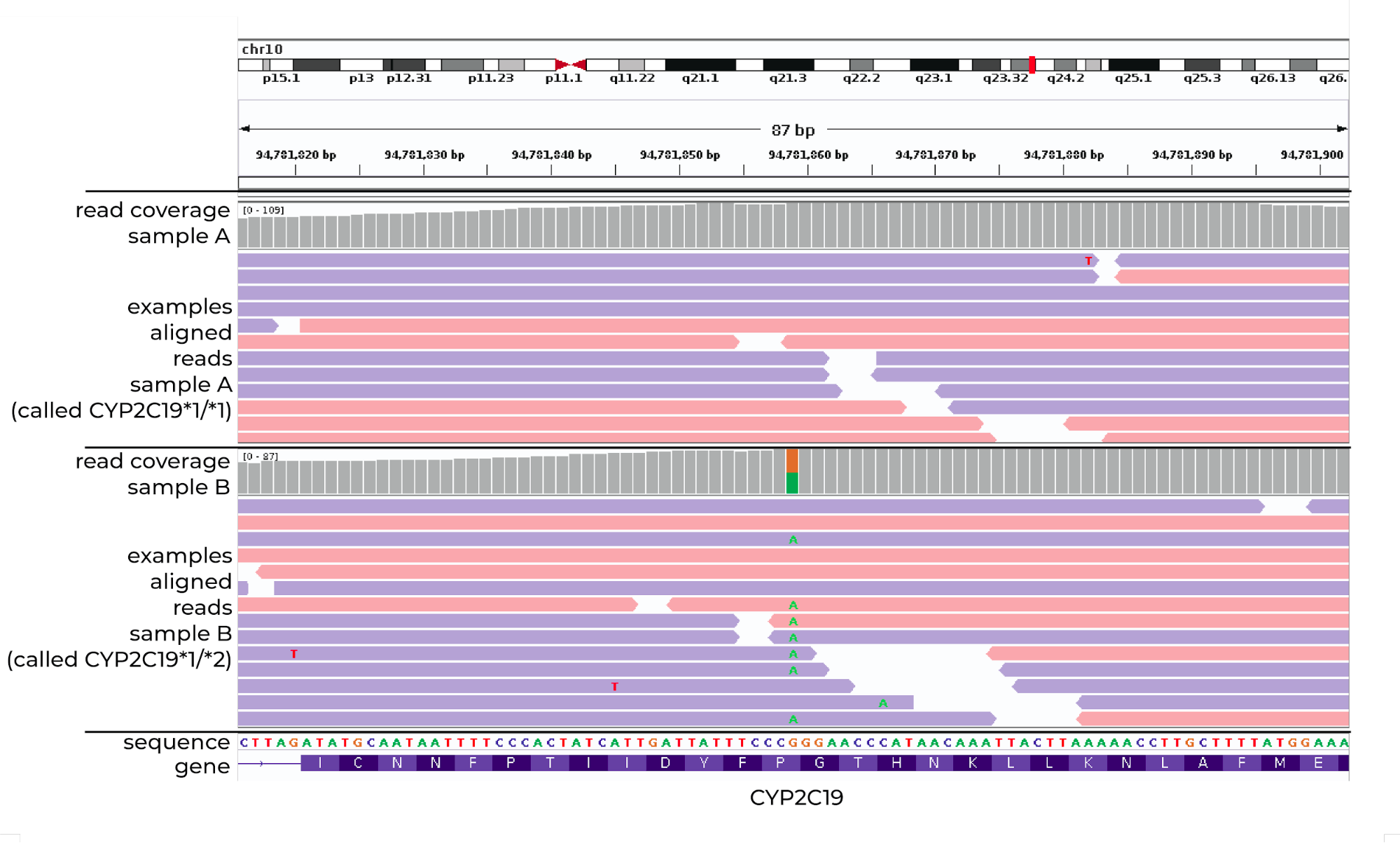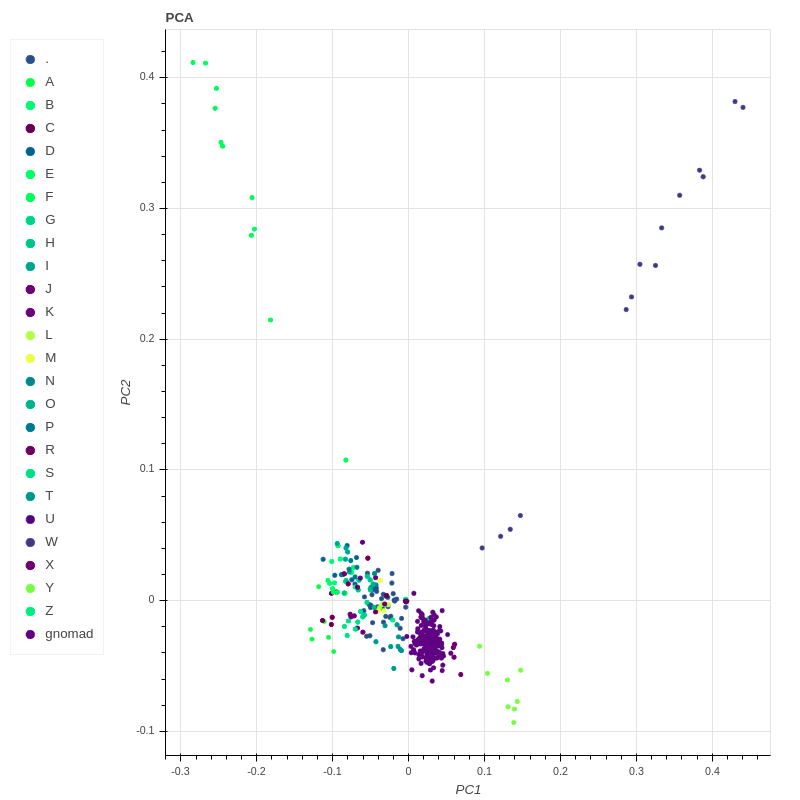Department of Molecular Neuropharmacology

Scientific profile
- About department
- Employees
- Laboratories
Our research focuses on three areas: the reward system of the brain, the molecular mechanisms of drug action, and neuro-pharmacogenomics.
The reward system of the brain encompasses all brain areas involved in reward-driven behaviors, with the mesolimbic dopamine system at the core. We have been studying the mechanisms involved in the plasticity of dopaminergic and dopaminoceptive neurons, and also the role of endogenous opioids in signaling rewards.
As the name of the Department implies a large part of our research focuses on the cellular and the molecular mechanisms of actions of psychotropic drugs, also with an emphasis on opioids. We hope that elucidating molecular signatures of drug action will lead to the identification of mechanisms essential for their therapeutic effects.
In recent years we have also been involved in neuro-pharmacogenomics, searching for associations between genetic background, neuropsychiatric disorders, and the effectiveness of pharmacotherapy. We use next-generation sequencing to discover novel common as well as rare genetic variants associated with drug effectiveness and safety. This is of particular interest in psychiatry due to large interindividual differences in therapy responses.




Professor Jan Manuel Rodriguez Parkitna, dr hab.
Head
Employees
Professor Ryszard Przewłocki, dr hab.
Michał Korostyński, dr hab.
Marcin Piechota, dr
Ganna Shayakhmetova, dr
Małgorzata Borczyk, dr
Sławomir Gołda, dr
Zofia Harda, dr
Alla Voronina, dr
Barbara Ziółkowska, dr hab.
Łukasz Szumiec, mgr
Lidia Radwan, mgr
Jacek Hajto, mgr
Klaudia Misiołek, mgr
Magdalena Ziemiańska, mgr
Mateusz Zięba, mgr
Employees
Michał Korostyński, dr hab.
Marcin Piechota, dr
Małgorzata Borczyk, dr
Jacek Hajto, mgr
Mateusz Zięba, mgr
Achievements
- Publications
- Grants
- Awards
Grant
The developmental changes in the endogenous opioid system associated with altered sensitivity to reward during adolescence
Klaudia Misiołek, MSc
Grant
Kappa opioid receptors integrate neuronal signaling involved in social behavior
Professor Jan Manuel Rodriguez Parkitna, PhD
Award
The Jerzy Konorski Team Award for the best study in neurobiology conducted in Poland awarded every year by the Polish Neuroscience Society and Committee of Neurobiology of the Polish Academy of Sciences
Professor Jan Manuel Rodriguez Parkitna, PhD
The dissection of transcriptional modules regulated by various drugs of abuse in the mouse striatum.
Piechota M, Korostynski M, Solecki W, Gieryk A, Slezak M, Bilecki W, Ziolkowska B, Kostrzewa E, Cymerman I, Swiech L, Jaworski J, Przewlocki R
DOI: 10.1186/gb-2010-11-5-r48
A polymorphism in exon 2 of the delta-opioid receptor affects nociception in response to specific agonists and antagonists in mice selectively bred for high and low analgesia.
Sacharczuk M, Lesniak A, Korostynski M, Przewlocki R, Lipkowski A, Jaszczak K, Sadowski B
DOI: 10.1016/j.pain.2010.03.017
Gene expression profiles in human ruptured and unruptured intracranial aneurysms: what is the role of inflammation?
Pera J, Korostynski M, Krzyszkowski T, Czopek J, Slowik A, Dziedzic T, Piechota M, Stachura K, Moskala M, Przewlocki R, Szczudlik A
DOI: 10.1161/strokeaha.109.562009
Differential activation of spinal microglial and astroglial cells in a mouse model of peripheral neuropathic pain.
Mika J, Osikowicz M, Rojewska E, Korostynski M, Wawrzczak-Bargiela A, Przewlocki R, Przewlocka B
DOI: 10.1016/j.ejphar.2009.09.030
Local peripheral opioid effects and expression of opioid genes in the spinal cord and dorsal root ganglia in neuropathic and inflammatory pain.
Obara I, Parkitna JR, Korostynski M, Makuch W, Kaminska D, Przewlocka B, Przewlocki R
DOI: 10.1016/j.pain.2008.12.006
Regulation of ERK1/2 phosphorylation by acute and chronic morphine - implications for the role of cAMP-responsive element binding factor (CREB)-dependent and Ets-like protein-1 (Elk-1)-dependent transcription; small interfering RNA-based strategy.
Ligeza A, Wawrzczak-Bargiela A, Kaminska D, Korostynski M, Przewlocki R
DOI: 10.1111/j.1742-4658.2008.06531.x
Identification of interleukin-1 and interleukin-6-responsive genes in human monocyte-derived macrophages using microarrays.
Jura J, Wegrzyn P, Korostyński M, Guzik K, Oczko-Wojciechowska M, Jarzab M, Kowalska M, Piechota M, Przewłocki R, Koj A
DOI: 10.1016/j.bbagrm.2008.04.006
Interleukin-1 alpha has antiallodynic and antihyperalgesic activities in a rat neuropathic pain model.
Mika J, Korostynski M, Kaminska D, Wawrzczak-Bargiela A, Osikowicz M, Makuch W, Przewlocki R, Przewlocka B
DOI: 10.1016/j.pain.2008.02.015
Morphine effects on striatal transcriptome in mice.
Korostynski M, Piechota M, Kaminska D, Solecki W, Przewlocki R
DOI: 10.1186/gb-2007-8-6-r128
Comparison of gene expression profiles in neuropathic and inflammatory pain.
Rodriguez Parkitna J, Korostynski M, Kaminska-Chowaniec D, Obara I, Mika J, Przewlocka B, Przewlocki R
DOI: